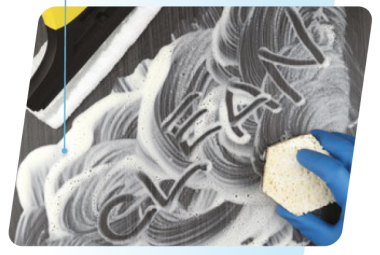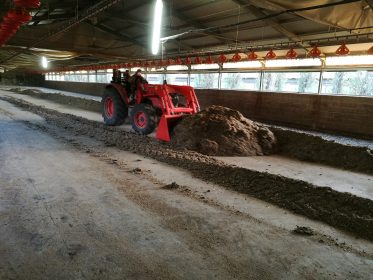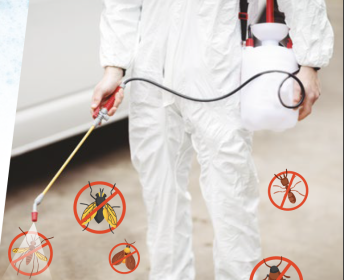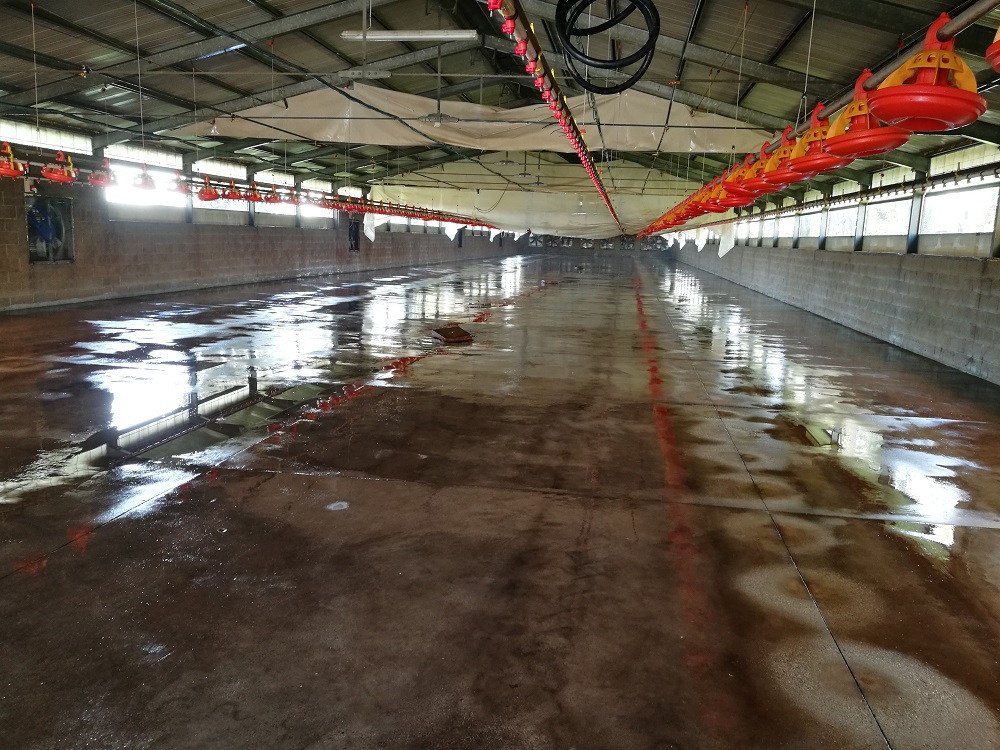Content available at: العربية (Arabic)
To achieve the genetic potential of broilers, it is important to provide them with everything they require,
The first step to reach the desired performance is to provide the flock with a clean environment where the risk of flock infection at placement is minimal. Reducing the risk of infection requires a clear and complete cleaning and disinfection program.
![]() It is important to note that even if the previous flock had no outward signs of infection or if there were no sanitary issues in the house, that does not necessarily mean pathogens were not present.
It is important to note that even if the previous flock had no outward signs of infection or if there were no sanitary issues in the house, that does not necessarily mean pathogens were not present.
![]()
Thorough cleaning must be done regardless of an outgoing flock’s status.
The written cleaning procedure must be simple and easy for all personnel to understand. Although each operation is unique, the cleaning and sanitizing steps will be the same and must be performed correctly and thoroughly.
![]() Additionally, all personnel using chemicals for cleaning and disinfection must use personal protective equipment (PPE) including masks, gloves, goggles, and overalls according to the chemicals safety guidelines. This will ensure human welfare and that the procedure is completed correctly.
Additionally, all personnel using chemicals for cleaning and disinfection must use personal protective equipment (PPE) including masks, gloves, goggles, and overalls according to the chemicals safety guidelines. This will ensure human welfare and that the procedure is completed correctly.

After the flock has left the farm, apply an insecticide to the litter. Allow the insecticide time to work (at least 24 hours), then remove the litter from the houses and take it at least one kilometer away from the farm.

Treat the litter with an insecticide before removing it from the house


>This can cause the contamination of cleaned houses by insects, organic materials, and even pathogens.

>If more than one house on a farm is cleaned on the same day, take steps to
Keep up to date with our newsletters
Receive the magazine for free in digital version
REGISTRATION
ACCESS
YOUR ACCOUNT
LOGIN
Lost your password?











